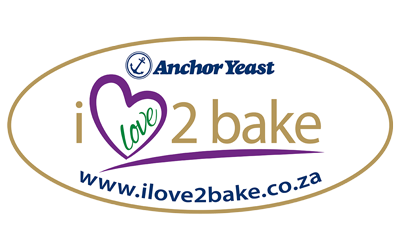Yeasts can be considered man’s oldest industrial microorganism that was used before the development of a written language. Hieroglyphics suggest that ancient Egyptians were using yeast and the process of fermentation to produce alcoholic beverages and to leaven bread over 5,000 years ago.
It is believed that these early fermentation systems for alcohol production and bread making were formed by natural microbial contaminants of flour, other milled grains and from fruit or other juices containing sugar. Such microbial flora would have included wild yeasts and lactic acid bacteria that are found associated with cultivated grains and fruits. Leaven, referred to in the Bible, was a soft dough-like medium. A small portion of this dough was used to start or leaven each new bread dough. Over time, the use of these starter cultures helped to select for improved yeasts by saving a “good” batch of wine, beer or dough for inoculating the next batch. For hundreds of years, it was traditional for bakers to obtain the yeast to leaven their bread as by-products of brewing and wine making. As a result, these early bakers have also contributed to the selection of these important industrial microorganisms.
It was not until Louis Pasteur’s pioneering scientific work in the late 1860’s that yeast was identified as a living organism and the agent responsible for alcoholic fermentation and dough leavening. Shortly following these discoveries, it became possible to isolate yeast in pure culture form. With this newfound knowledge that yeast was a living organism and the ability to isolate yeast strains in pure culture form, the stage was set for commercial production of baker’s yeast that began around the turn of the 20th century. Since that time, bakers, scientists and yeast manufacturers have been working to find and produce pure strains of yeast that meet the exact and specialised needs of the baking industry.





